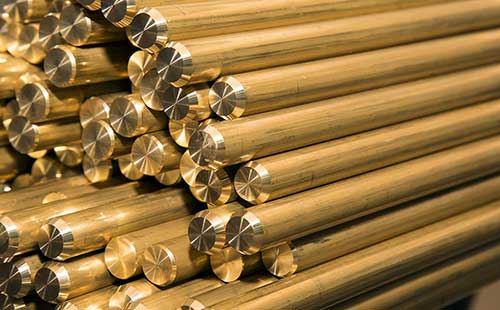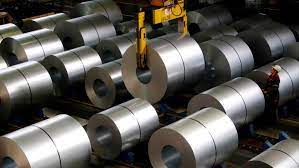The aim of this project is the idea of using cameras, computer vision and machine learning to localize the Brass metal materials in order to eventually automate the sorting process. My current project involves working with incremental pipeline datasets. This includes the gradual processing of incoming datasets, training and testing the vision model with respect to a test dataset and analyze the evaluation matrix, over a period of time. This iterative process ultimately results in improved accuracy and predictions for computer vision models.

The aim of this project is the idea of using cameras, computer vision and machine learning to localize the Brass metal materials in order to eventually automate the sorting process. My current project involves working with incremental pipeline datasets. This includes the gradual processing of incoming datasets, training and testing the vision model with respect to a test dataset and analyze the evaluation matrix, over a period of time. This iterative process ultimately results in improved accuracy and predictions for computer vision models.
Provide manually annotation to each and every images of dataset to identify the objects of interest and their corresponding bounding boxes and categorized them with respect to their class.
Once I had our data, I pre-processed it to prepare it for use in the YOLOv8 model. This included resizing images, removing noise, and normalizing pixel values. Also applied random augmentations such as random cropping, flipping, and color jittering to the training images to increase the dataset size and improve generalization.
By using ROBOFLOW Software, split the dataset into three parts: 70% for training 20% validation and 10% testing.
I already done coding part YOLOv8 model using my previous pre-processed data for model training. So I will train my model with respect to upcoming slot of dataset with applying different different hyperparameter tunning.
Once the training done I will evaluate its performance on a separate test dataset. Also test by using webcam, test image and videos. I used various evaluation metrics, including precision, recall, and F1 score, to assess the model's performance by calculating the mean average precision(MAP) at different intersection over union (IoU) thresholds.
Finally I want the best model that will gives me best prediction accuracy and detect the brass metal and shorted them out.

1. I have collect data, annotated, processed, split and trained the model with respect to different different hyperparameter tunning and tested with respect to different evaluation matrix.
2. Till now I got prediction accuracy of brass metal object detection is 56% and average intersection over union (IoU) of 0.45. The system achieved a mean average precision (mAP) of 0.43 on the validation dataset.
These are the key risks and their proposed mitigation strategies
For object detection and color detection model
1.Proper lighting is a critical condition for metal detection using computer vision models.
2.The brass metal color is depend on how much quantity of copper and zinc alloy. The proportions of copper and zinc in brass can range from approximately 10% to 90% copper and 90% to 10% zinc.
3. It is crucial to detect brass metal due to changes in color caused by aging effects, corrosion, dust, and oil accumulation, which can alter the appearance of brass metal.
The central objective of this project is to compile and meticulously annotate a significant dataset within the given timeframe, aiming for completion by May 1st. After the data collection phase, our focus will shift to thorough pre-processing, data augmentation, appropriate data partitioning, and balancing techniques. These preparatory steps are essential to curate a high-quality dataset, tailored for optimal input into our computer vision model. Ultimately, our overarching goal is to leverage this refined dataset to attain the highest levels of accuracy and precision in our predictive computer vision tasks. This strategic approach ensures that we can harness the full potential of our model, delivering reliable and robust results.